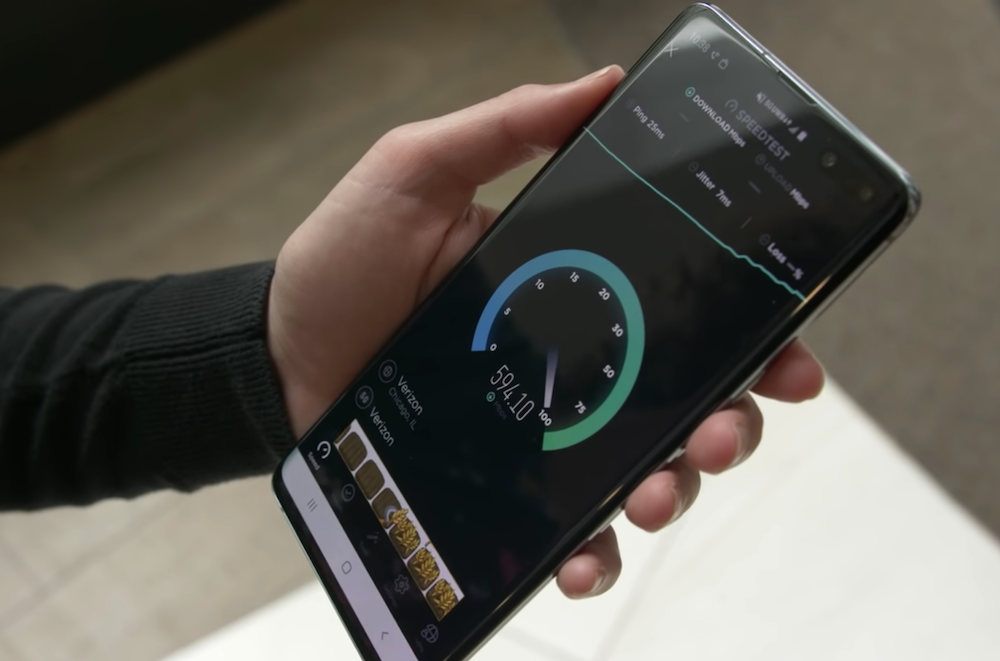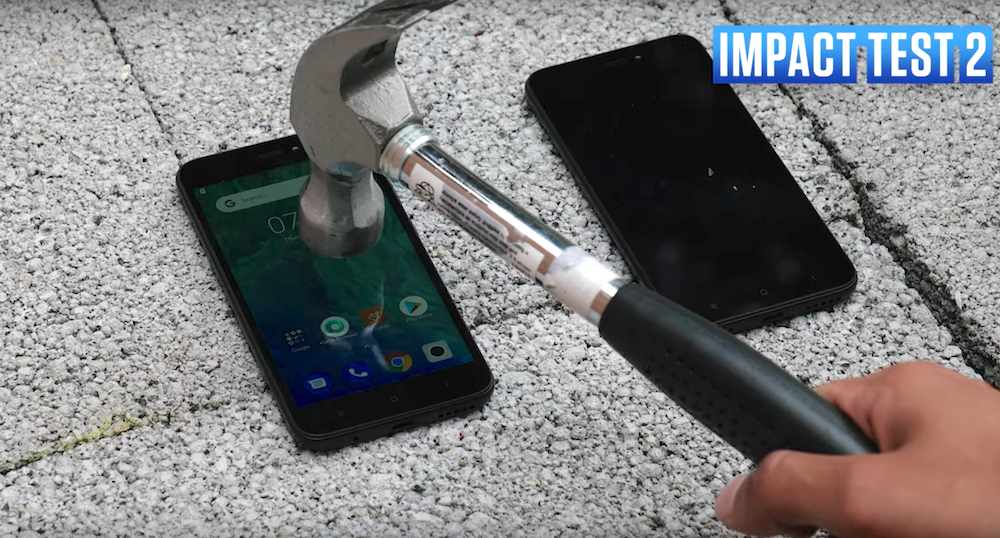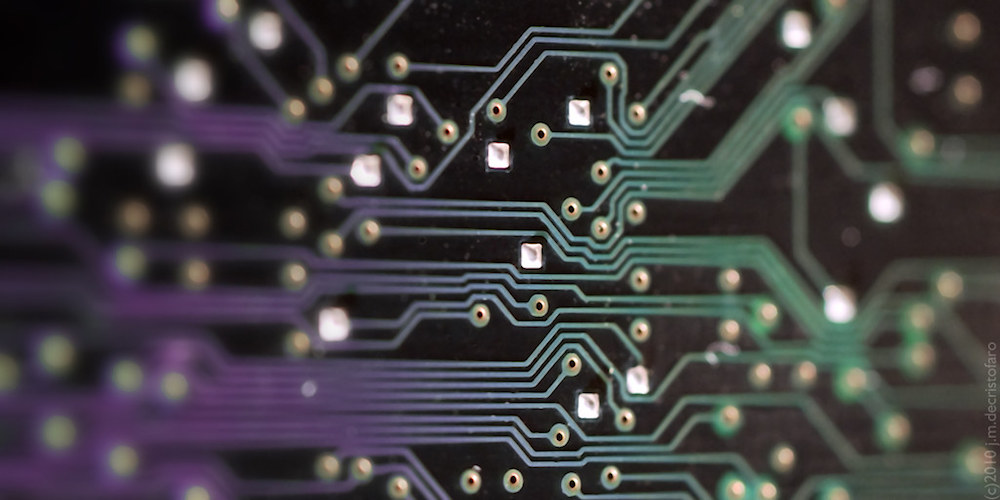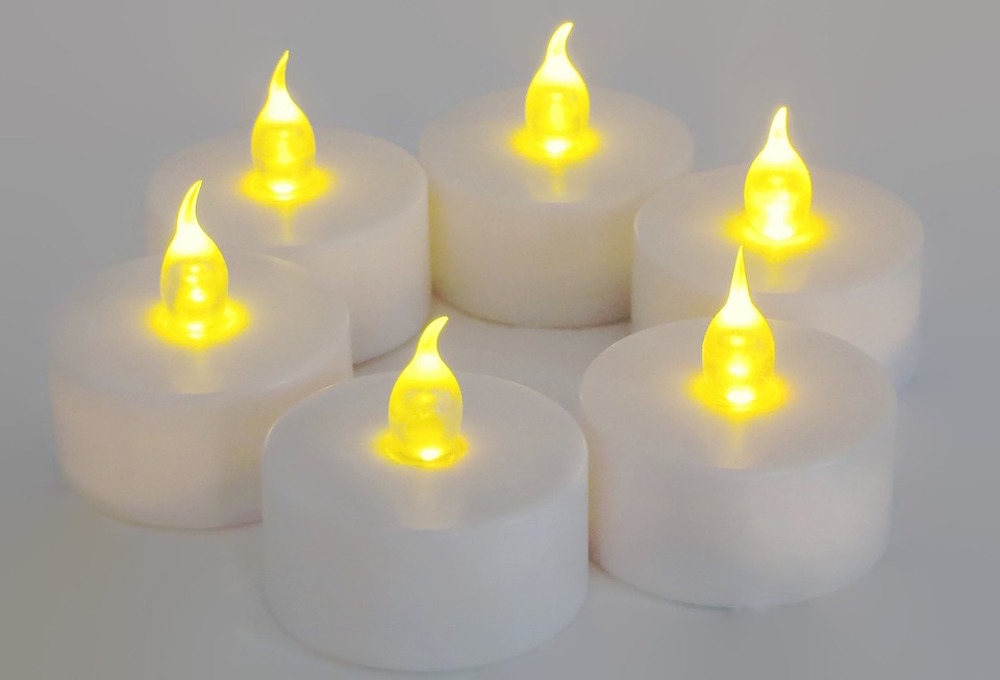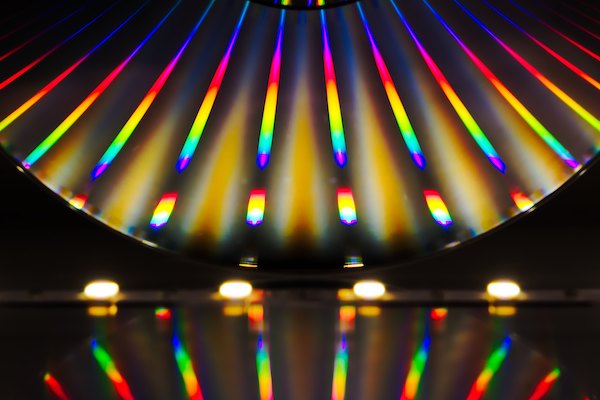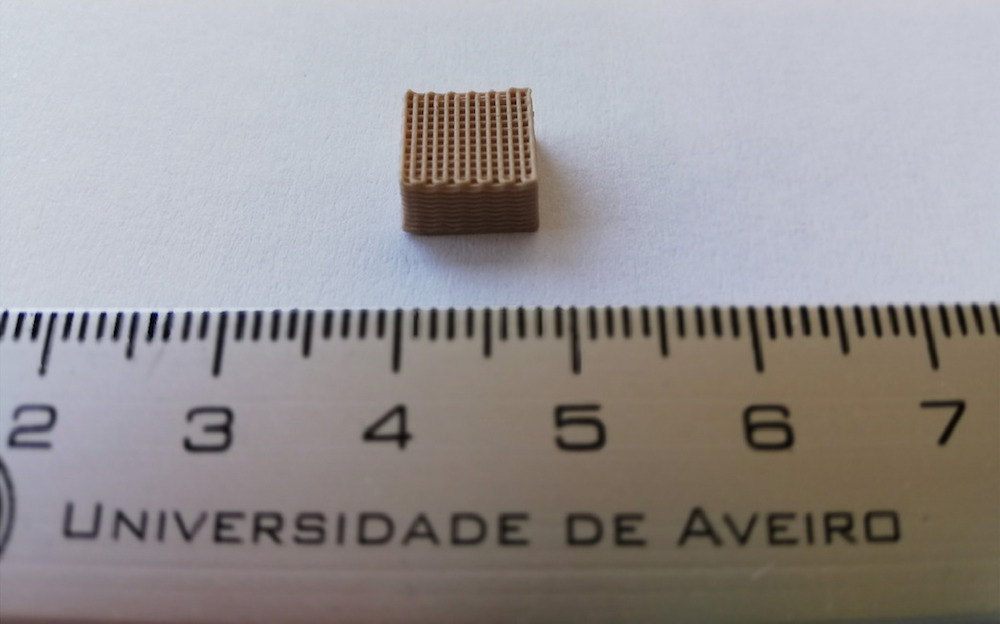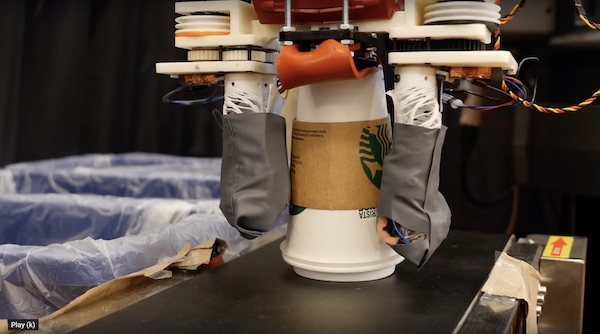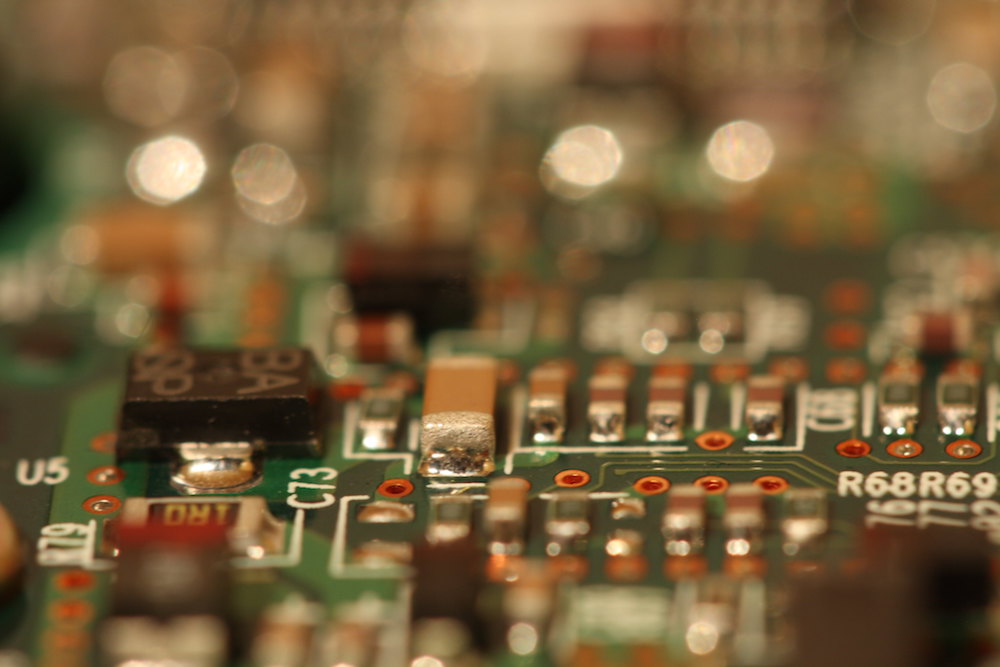Since 2015, Google has been developing radar sensors that will allow hands-free phone operation. Google plans to put the technology into practice with the release of the Pixel 4 this fall.
Read MoreAs mobile carriers push ahead with plans to release 5G networks, NOAA, NASA, and other parts of the scientific community warn that frequencies currently planned for use in 5G could interfere with weather forecasting.
Read MoreWhen it comes to smartphone screen protectors, you can choose between plastic, glass—and liquid glass. See how liquid glass screen protectors compare to tempered glass and uncovered screens when put through a few DIY scratch tests.
Read MoreIn the premiere volume of the International Journal of Ceramic Engineering and Science, Japanese researchers review their work on an advanced ceramic semiconductor that could reduce power consumption of devices that use artificial intelligence.
Read MoreRecent research may enable integration of boron nitride into next-gen electronics. Researchers have proven boron nitride’s high thermal conductivity and integrated the material into a flexible yet efficient nanocomposite.
Read MoreResearchers from Donghua University in Shangai showed separators made from oxide ceramic films could improve the safety of lithium-ion batteries, which tend to catch on fire when their polymeric separators fail.
Read MoreBy controlling the emission states of europium ions in doped gallium nitride, scientists found they can emit various colors of light from a single LED.
Read MoreAs additive manufacturing techniques become increasingly sophisticated, they offer a way to effectively construct specialized electronic devices. Two recent papers describe different direct-writing AM methods for constructing lead-free piezoelectric parts.
Read MoreResearchers at MIT developed a robot that can effectively separate mixed recyclable materials, using two flexible silicone “hands” to feel the difference between paper, metal, and plastic.
Read MoreThe market for multilayer ceramic capacitors is ballooning with the rise of connected devices in our homes, automobiles, and pockets—but supply is not keeping pace with demand.
Read More

